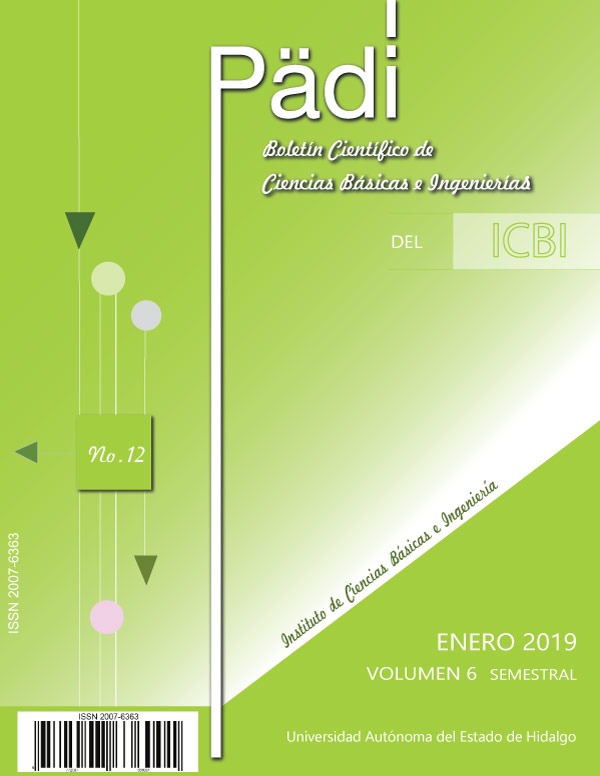Use of Fe2O3 nanoparticles in sustainable construction LID systems
Abstract
Nanotechnology has numerous applications in the field of sustainable construction, which have allowed to save energy, minimize the use of non-renewable resources and reduce the generation of solid waste, as well as the toxicity of atmospheric emissions. Concerning the protection of the aquatic environment, this technology can provide useful materials for the control of urban runoff pollution through LID (Low-impact development) systems, such as permeable concretes. In this work the oxidation potential of nanoparticles (NP) of Fe2O3 was evaluated towards pollutants commonly present in urban runoff. Synthetic urban runoff (AEUs) was prepared with 2 ppm of N-NH4 +, 0.1 ppm of N-NO2-, 4 ppm of NO + and 2 ppm of phenol (C6H60). 35 mL of AEUs and 0.01 grams of NP were placed in Petri dishes and then exposed to sunlight. After eight hours, the oxidation of phenol and ammonium was observed. Our results indicate that Fe2O3 nanoparticles could be used to cover permeable pavements and to diminish the pollution coming from urban runoff.
Downloads
References
Asadi, S., Hassan, M., Kevern, J., Rupnow, T. (2012) Development of photocatalytic pervious concrete pavement for air and storm water improvements. Transportation Research Record: Journal of the Transportation Research Board, 2290, 161-167.
Davis A. P. (2005) Green engineering principles promote low-impact development. Environmental Science and Technology, 39(16), 338A-344A.
Dietz, M. E. (2007) Low impact development practices: A review of current research and recommendations for future directions. Water, Air, and Soil Pollution, 186(1-4), 351-363.
Erickson, A. J., Weiss, P. T., Gulliver, J. S. (2013) Impacts and composition of urban stormwater. En: Optimizing Stormwater Treatment Practices (Erickson A. J., Ed.). Springer, New York, pp. 11-22.
Gaffield, S. J., Goo, R. L., Richards, L. A., Jackson, R. J. (2003) Public health effects of inadequately managed stormwater runoff. American Journal of Public Health, 93(9), 1527-1533.
Huang, J., He, J., Valeo, C., Chu, A. (2016) Temporal evolution modeling of hydraulic and water quality performance of permeable pavements. Journal of Hydrology, 533, 15-27.
Mallin, M. A., Johnson, V. L., Ensign, S. H. (2009) Comparative impacts of stormwater runoff on water quality of an urban, a suburban, and a rural stream. Environmental Monitoring and Assessment, 159(1- 4), 475-491.
Mörsen, A., Rehm, H. J. (1990) Degradation of phenol by a defined mixed culture immobilized by adsorption on activated carbon and sintered glass. Applied Microbiology and Biotechnology, 33(2), 206-212.
Mubarak, A., Howald, R. A., Woodriff, R. (1977) Elimination of chloride interferences with mercuric ions in the determination of nitrates by the phenoldisulfonic acid method. Analytical Chemistry, 49(6), 857–860.
Tsihrintzis, V. A., Hamid, R. (1997) Modeling and management of urban stormwater runoff quality: a review. Water Resources Management, 11(2), 136-164.
Zhu, Y., Eaton, J. W., Li, C. (2012) Titanium dioxide (TiO2) nanoparticles preferentially induce cell death in transformed cells in a Bak/Bax-independent fashion. PloS One, 7(11), e50607.














